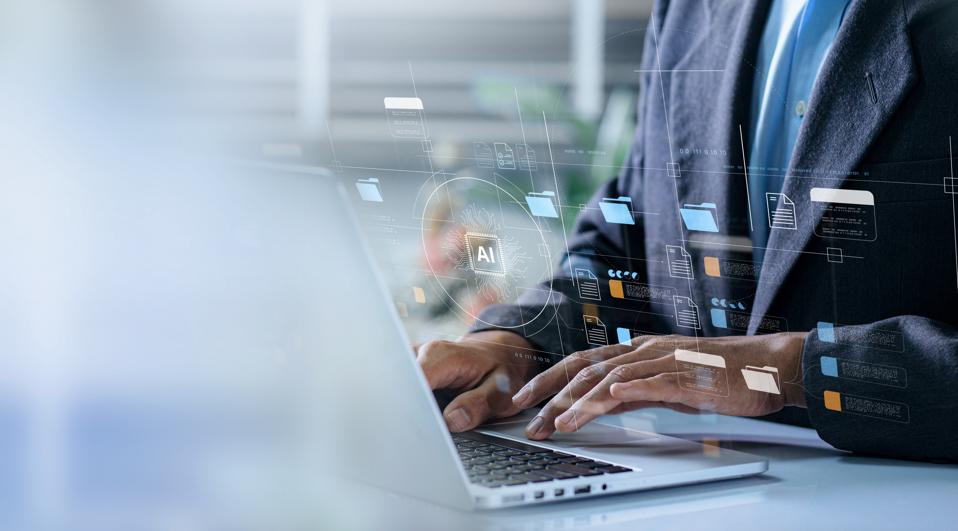How To Make Your AI Fix Itself

Kiran Patibandla is a principal architect with experience in data platforms, conversational AI and digital media streaming.
When a data platform breaks, the clock starts ticking. Engineers rush to diagnose the problem, pull logs, investigate errors and take corrective measures. Every minute of downtime adds cost, risk and lost productivity. In large organizations with complex data ecosystems, these disruptions are not occasional—they are inevitable.
Yet most companies still rely on manual recovery. Teams are stuck in reactive cycles, responding to alerts and patching problems after the damage is done. As data volumes grow and pipelines become more intricate, this model is no longer sustainable.
To reduce downtime and scale operations more effectively, data platforms need to self heal. That means using AI to predict failures, understand root causes and automatically trigger corrective actions, before users or business systems are affected.
From Reactive To Proactive
Most modern data stacks are instrumented with logs, metrics and traces. These observability tools provide signals that something might be going wrong. But in integrated data environments, which involve multiple environments, those signals are siloed and don’t flow across systems. A platform runs out of memory, a job fails or an integration breaks, and only then does someone start investigating.
With AI-driven observability, platforms can analyze the signals in real time, identify patterns that point to degradation or failure and intervene early. For example, if a system notices a spike in latency, it can trace the cause to a failing process, execute a predefined runbook and resolve the issue without requiring human input.
This shift from reactive monitoring to proactive remediation is the foundation of self-healing. It does not eliminate the need for human oversight, but it does reduce the need for manual intervention in common failure scenarios.
The Role Of Contextual Intelligence
Observability is only part of the solution. To truly become self-healing, data platforms need context. That means understanding how different systems connect, where data flows and which failures have downstream impact.
Right now, this context lives in the heads of engineers. Teams know their own systems but often lack visibility into how issues propagate across platforms. As a result, even well-instrumented systems fall short when it comes to automated recovery.
To address this, platforms must integrate contextual intelligence. This involves stitching together signals across ingestion layers, ETL pipelines and jobs, governance tools and visualization platforms. It also means incorporating domain knowledge, such as information about typical failure patterns and the actions required to fix them, into the system itself.
When this context is captured and modeled, AI can move beyond prediction to action. It can recognize when a data lineage is broken, identify which dependent systems are impacted and trigger a corrective response with clear reasoning behind it.
Why Teams Hesitate
Even with these capabilities in place, many teams are reluctant to hand over control to automated systems. The hesitation often comes down to accountability. If an AI-driven remediation fails or makes the wrong call, who is responsible?
This is where explainability becomes essential. Teams need to see why a particular action was taken, what signals prompted it and how the outcome was assessed. When AI systems provide that reasoning, engineers gain trust in their decisions and are more likely to allow automation to operate at scale.
It also helps to start small. Early-stage implementations can focus on alerting and diagnostics rather than automated intervention. As the system improves and teams grow more confident, self-healing actions can be introduced gradually.
Over time, feedback loops strengthen the model. Each new incident becomes training data. Each action, whether successful or not, improves the system’s ability to reason and respond. This process is not about replacing humans. It is about reducing noise, accelerating root cause analysis and freeing teams to focus on higher-value work.
A Long-Term Advantage
The benefits of self-healing platforms go beyond operational efficiency. Reduced downtime, faster recovery and lower incident response costs all contribute to stronger business performance. So does the ability to demonstrate resilience and reliability to stakeholders.
In a competitive technology environment, these traits matter. Companies that can maintain high availability and respond quickly to disruption are better positioned to support digital initiatives and retain customer trust.
More importantly, self-healing infrastructure gives organizations the confidence to scale. It turns platform resilience from a pain point into a strategic asset.
As AI models improve and multi-agent architectures mature, the opportunity to build intelligent, adaptive data systems is within reach. But it will require investment in observability, collaboration across teams and a willingness to evolve the operating model itself.
The platforms that make that shift will not only recover faster. They will also lead the next generation of data innovation.
Forbes Technology Council is an invitation-only community for world-class CIOs, CTOs and technology executives. Do I qualify?

